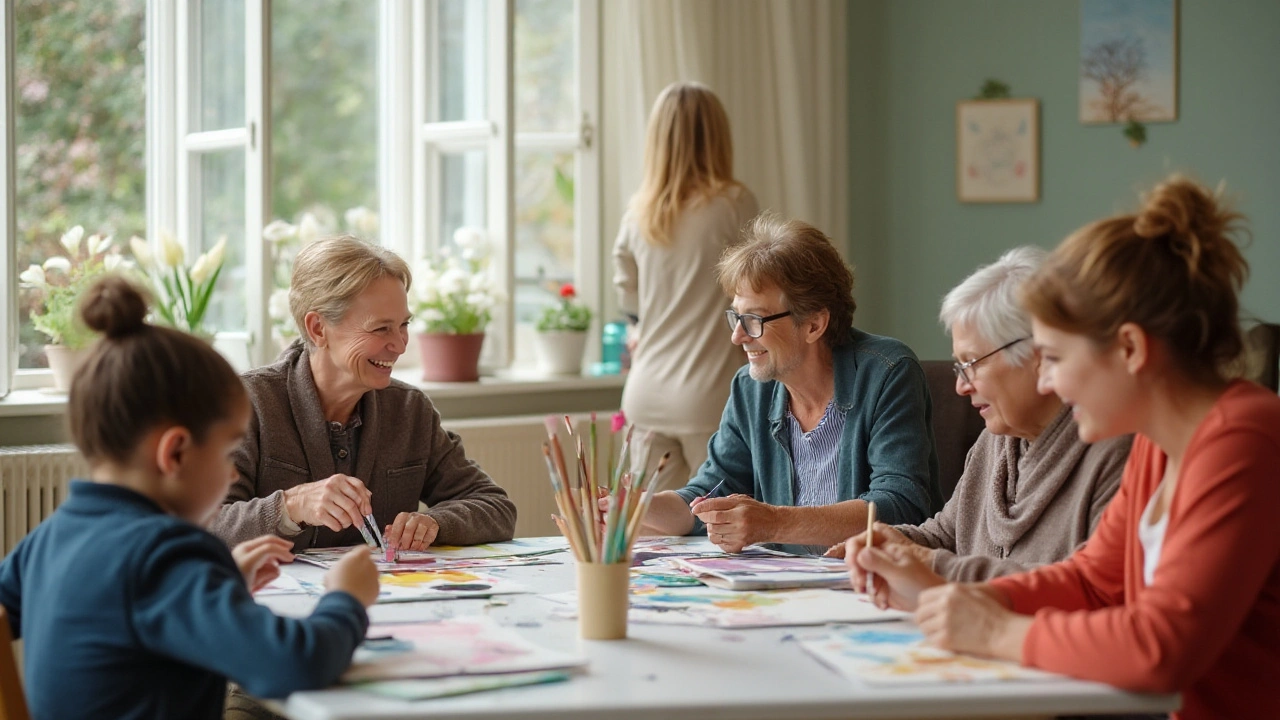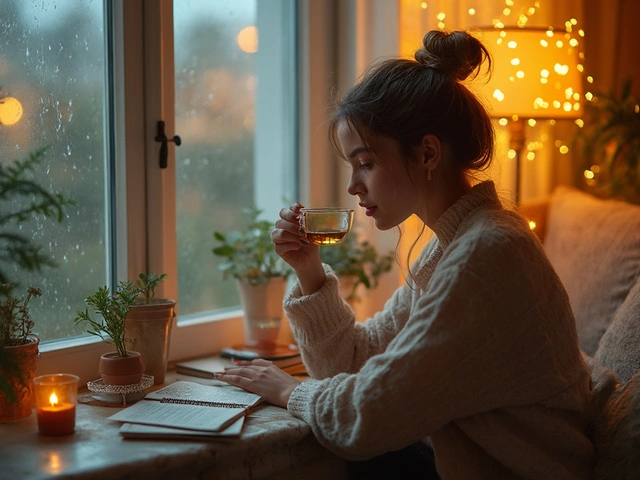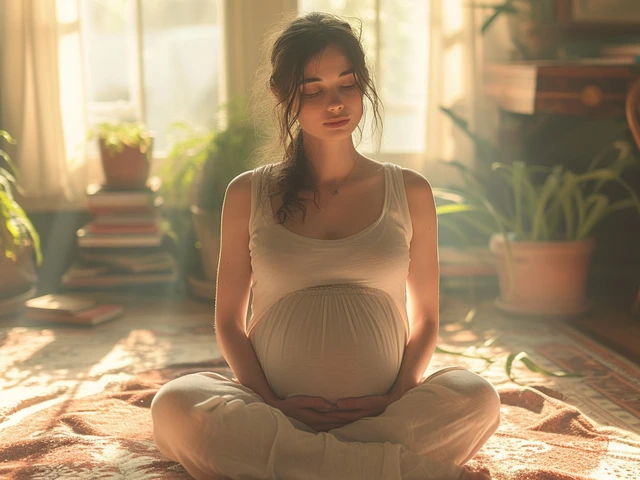Art has a unique way of touching our souls and emotions. Creative arts therapies use this quality of art to assist people in healing from mental, emotional, and physical challenges. These therapies provide a different approach for people looking to express their feelings and find comfort beyond conventional methods.
Different forms of creative arts therapies include art therapy, music therapy, dance/movement therapy, and drama therapy. Each of these forms offers distinct ways to tune into and work through various emotions and experiences. The main goal is to enable individuals to communicate in ways that might be difficult with just words alone.
- What is Creative Arts Therapy?
- Types of Creative Arts Therapies
- How Art Therapy Helps
- Real-life Success Stories
- Getting Started with Art Therapy
What is Creative Arts Therapy?
Creative Arts Therapy is a form of therapy where art forms like painting, drawing, music, dance, and drama are used to help individuals express themselves and resolve their issues. It’s based on the idea that creative expression can foster healing and mental well-being. This form of therapy is not just limited to creating art; it’s about the process of creating and using it as a therapeutic tool.
One of the key aspects of creative arts therapy is that it allows individuals to communicate feelings that might be too difficult to articulate with words. For example, someone dealing with trauma might find it easier to express their fears and anxieties through a drawing rather than talking about them. This art form serves as a bridge to discuss complex emotions more freely.
According to the American Art Therapy Association, creative arts therapy can be particularly beneficial for individuals dealing with stress, anxiety, depression, and trauma. It helps in promoting self-awareness, emotional resilience, and social skills. Studies have shown that engaging in creative activities can lead to significant improvements in overall well-being and mental health.
Art therapy is a specialized field where trained therapists guide individuals through the process of creating art. These therapists possess an understanding of both psychology and artistic expression, allowing them to provide effective support. Art therapists work in various settings, including hospitals, schools, and private practices.
As Elliot and I have discovered through our journey, even a simple drawing or a piece of music can evoke profound emotional responses. This cathartic effect is just one of the reasons why many people find such therapies impactful. It's fascinating how something as simple as a paintbrush or a piece of clay can transform someone's day.
“Art enables us to find ourselves and lose ourselves at the same time.” – Thomas Merton
In many programs, individuals might engage in group activities that allow them to share their creative expressions with others. This can foster a sense of community and understanding, creating a support network that is beneficial for emotional healing. It also creates an environment where individuals feel safe to express themselves without judgment.
For those interested in exploring creative arts therapies, there are numerous resources and trained professionals available. Whether you're dealing with a specific issue or looking to enhance your mental well-being, art therapy might offer an alternative path to finding peace and emotional balance.
Types of Creative Arts Therapies
The phrase creative therapy embodies a variety of artistic forms that go beyond traditional talk therapy. Each modality has its unique way of helping individuals articulate emotions, navigate difficulties, and promote healing. In this section, we'll explore several key types of creative arts therapies.
Art Therapy
Art therapy uses visual arts, such as drawing, painting, or sculpture, to help people express themselves. This form of therapy can be beneficial for those who find it hard to put their feelings into words. By engaging in art-making, individuals can unlock emotions, develop self-awareness, and encourage personal growth. Research has shown that art therapy can reduce feelings of depression and anxiety, enhance cognitive abilities, and even improve social skills.
Music Therapy
Music therapy harnesses the emotional power of music to improve mental and emotional well-being. This type of therapy can involve creating music, listening to music, singing, or dancing. Music therapists work with individuals or groups to address a range of issues from stress relief to cognitive development. According to the American Music Therapy Association, music helps lower blood pressure, stabilize heart rates, and enhance memory. An amazing fact is that music therapy can aid in rehabilitating speech and motor skills following a stroke.
Dance/Movement Therapy
Dance/movement therapy uses body movements as a way to address emotional, cognitive, and physical health. Recognized by the American Dance Therapy Association, this therapy promotes self-expression through dance and movement activities. It has been particularly effective for those who struggle with trauma, depression, and chronic pain. By moving their bodies, participants can express deep-seated emotions and improve their mental clarity and physical health.
Drama Therapy
Drama therapy is another powerful mode of creative expression. It employs theater techniques to help people understand their feelings and find new ways to address their issues. Activities can range from acting out scenes to improvisational exercises. The therapeutic process allows individuals to explore different roles and perspectives. This can lead to significant insights and emotional breakthroughs. In fact, studies have found that drama therapy can boost mood, enhance self-esteem, and improve relationships.
Writing/Bibliotherapy
Writing therapy, or bibliotherapy, involves the use of literature and writing exercises as a form of therapy. This can include journaling, writing stories, or reading therapeutic books. The process of writing can help individuals process complex emotions and experiences. Studies indicate that expressive writing can alleviate symptoms of depression, enhance mood, and foster a better understanding of oneself.
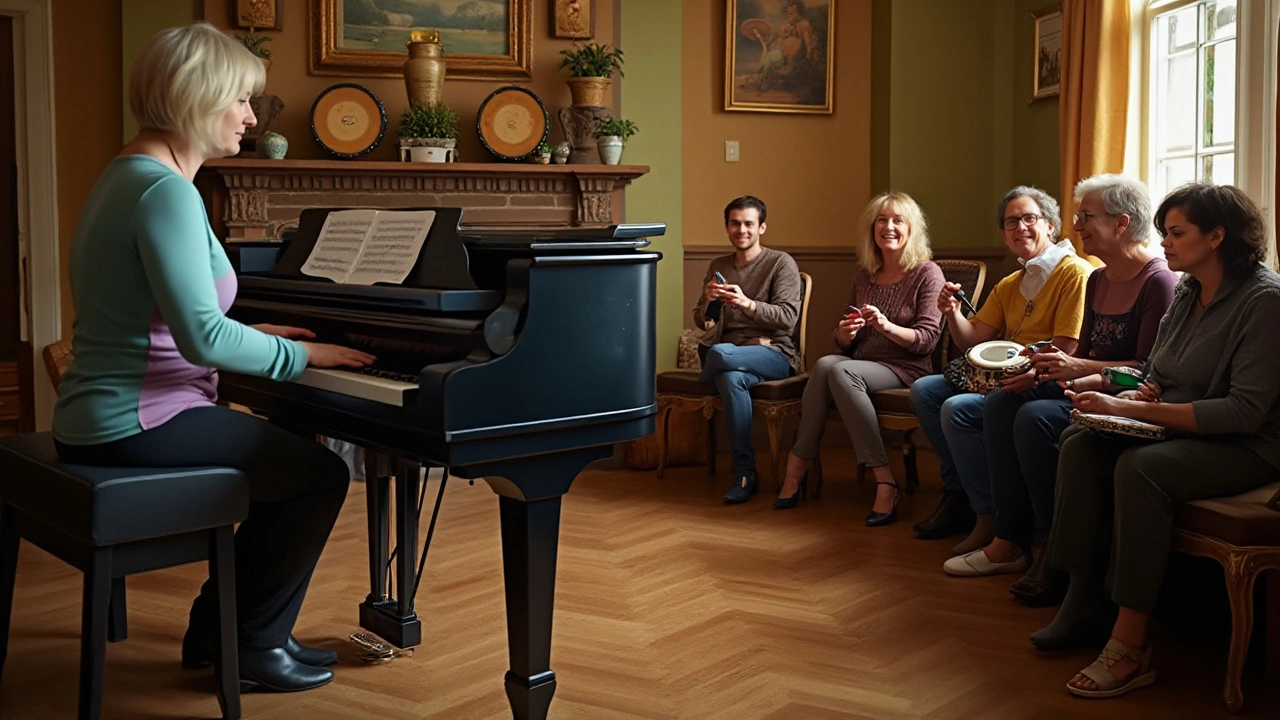
How Art Therapy Helps
Art therapy is a therapeutic practice that uses the creative process of making art to improve a person's physical, mental, and emotional well-being. It operates on the principle that the creative act can help people resolve issues, reduce stress, and improve self-esteem and awareness. But what specific benefits does art therapy offer?
One of the main advantages of art therapy is that it provides a safe space for self-expression. For individuals struggling with anxiety, depression, or trauma, words sometimes fall short. Art therapy allows them to externalize and process their emotions through different artistic mediums like drawing, painting, or sculpture. This can be particularly helpful for children and adolescents who may find it difficult to articulate their feelings.
Additionally, art therapy has been found to be effective in stress reduction. According to a study published in the Journal of the American Art Therapy Association, students who engaged in just 45 minutes of creative activity experienced a significant decrease in stress levels. The hands-on, immersive nature of art-making acts as a distraction, allowing participants to escape their worries and focus on the task at hand.
Another critical benefit is the development of coping skills. Artistic activities require problem-solving and decision-making, skills that are essential for navigating life's challenges. For people dealing with chronic illnesses, disabilities, or other long-term issues, these creative tasks offer a framework for coping, promoting resilience and adaptability.
“Art can permeate the very deepest part of us, where no words exist,” says Dr. Shaun McNiff, among the pioneers of the field of art therapy. This quote encapsulates the transformative power of art which goes beyond verbal communication.
In a more social context, art therapy can also enhance interpersonal skills. Group art therapy sessions encourage interaction and collaboration, fostering a sense of community and shared experience. This is particularly beneficial for those who feel isolated because of their mental health conditions.
Moreover, the practice provides a different perspective on one's problems. Creating art often involves looking at objects or situations from various angles, and this same principle can apply to personal issues. By viewing their problems from a different standpoint, individuals may discover new solutions and insights.
Beyond emotional and social benefits, art therapy also stimulates brain function. Engaging in creative activities activates different areas of the brain, promoting neuroplasticity, essentially the brain's ability to form new connections. This is especially valuable for older adults, as it can help maintain cognitive function and prevent mental decline.
Given all these advantages, it's clear why more people are turning to art therapy as a viable method for improving mental health. Whether you're painting a masterpiece or simply doodling in a notebook, the process can be a healing journey that contributes to a more balanced and fulfilling life.
Real-life Success Stories
The transformative power of art therapy is evident in numerous real-life experiences. One notable story is that of Sarah, a young woman who struggled with severe anxiety and depression. Traditional therapies were not yielding the results she hoped for, so she turned to art as a last resort. Through regular sessions with a certified art therapist, she was able to express emotions that words failed to convey. She started with simple drawings, but eventually her artwork became more intricate and expressive, reflecting her internal healing journey. Over time, Sarah's anxiety lessened, and she felt more in control of her life.
Another powerful example comes from veterans dealing with PTSD. Traditional therapy might be challenging for them due to deeply ingrained trauma. In several veterans' hospitals, art therapy programs have been introduced with remarkable success. One veteran shared, "Creating art allowed me to process my pain in a way talking never could." This quote encapsulates the impact art can have on emotional well-being. In fact, research shows that veterans who participate in art therapy experience reduced symptoms of PTSD and improved overall mood, as indicated by several studies published in peer-reviewed journals.
Younger generations are also benefiting from art therapy. There was a case study involving a 10-year-old boy named Liam, who was dealing with intense grief after losing a close family member. He found it difficult to talk about his feelings in traditional counseling sessions. However, during art therapy, Liam was able to depict his emotions through painting and drawing. His art therapist observed significant progress as Liam became more open to discussing his feelings and gradually came to terms with his loss.
Even in everyday settings, art therapy has shown significant benefits. One community program in Melbourne offers art therapy sessions to elderly residents in retirement homes. These sessions help combat loneliness and improve cognitive functions among the participants. An elderly gentleman named George mentioned, "Painting takes me back to my younger days, and it brings me so much joy and peace." Such positive outcomes emphasize how creative expression can improve mental health and bring about a sense of fulfillment.
Data from various programs highlight the positive impact of creative therapies. For instance, a 2019 study from the American Art Therapy Association revealed that 80% of participants reported a significant decrease in stress levels after just a few weeks of regular sessions. Similarly, in a 2020 survey conducted by the British Journal of Psychiatry, 75% of respondents who engaged in creative arts therapies found them to be more effective in managing anxiety and depression compared to traditional treatments.
"Art speaks where words are unable to explain." —Mathiole
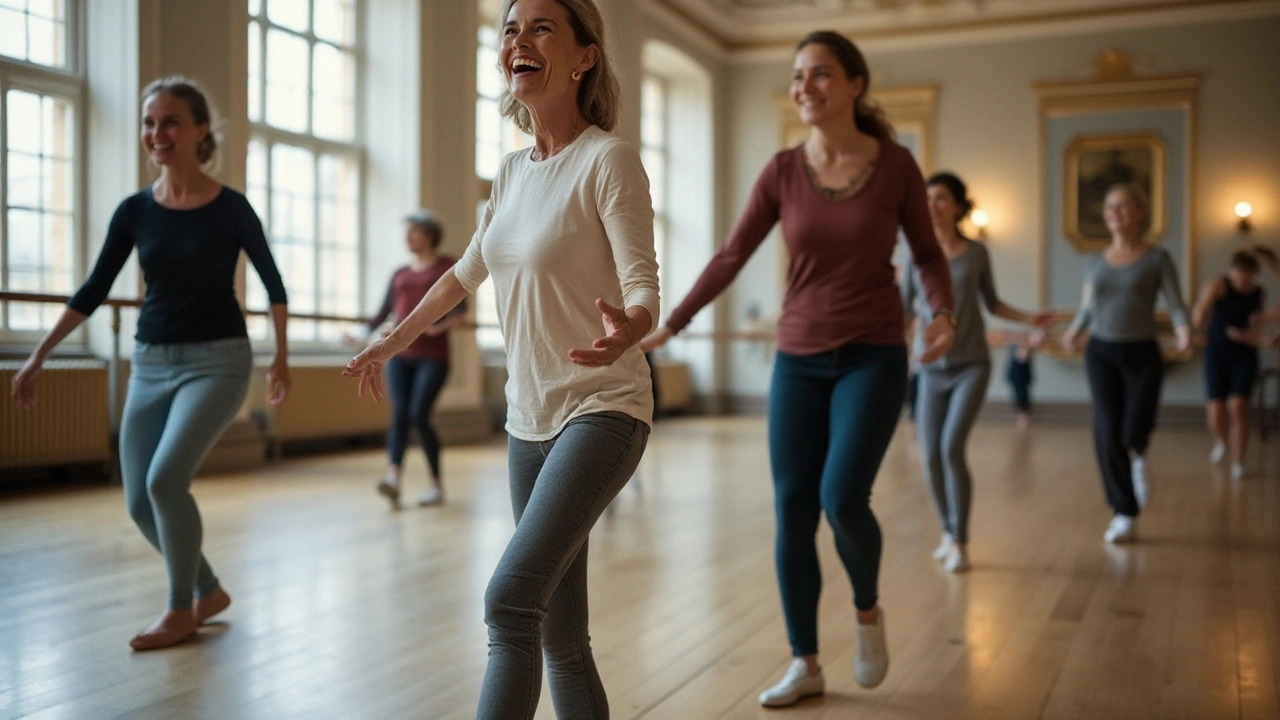
Getting Started with Art Therapy
Stepping into the world of art therapy can be an enriching and fulfilling experience. It begins with finding the right art therapist or program that suits personal needs and preferences. It’s important to research and reach out to professionals who are properly trained and certified in the field of creative arts therapies.
Connecting with an art therapist starts with an initial consultation. During this session, the therapist will learn about your background, goals, and any specific challenges you may be facing. This conversation helps in tailoring the techniques and methods to fit personal needs. For instance, some might prefer drawing over painting, or collage-making instead of sculpting. The goal here is to make the individual comfortable with the creative process.
“Art therapy is not about producing a masterpiece, but about the process of creation.” – Dr. Cathy Malchiodi, art therapist and author.
Sessions can vary greatly depending on the nature of the therapy and individual needs. Typically, an art therapy session involves a mix of art-making and conversation. The therapist may offer prompts or themes to guide the creation, allowing the individual to explore and express their emotions through their art. It’s a safe space where one doesn’t need to worry about art skills or judgment. The therapist might also discuss the artwork produced, helping the person to gain insights into their emotions and experiences.
Materials and Techniques
Getting started often requires some basic art supplies, which can usually be found at home or easily purchased. Common materials include paper, colored pencils, paints, clay, and fabric. Techniques in art therapy can vary widely from traditional drawing and painting to more unconventional methods like collage, sculpture, and even digital art. The diversity in materials and techniques allows for flexibility in expression and can cater to different preferences and needs.
For those who might be hesitant to take the first step, many therapists offer group sessions or classes. These can be a wonderful way to ease into art therapy while also benefiting from a communal atmosphere. Group settings provide a sense of shared experience and can help reduce feelings of isolation or loneliness. Free community workshops or online art therapy sessions are also available for those seeking a more accessible entry point.
Tracking Progress and Benefits
To truly reap the benefits of creative therapy, it’s helpful to track one’s progress over time. Keeping a journal of artwork and reflections can be enlightening and show personal growth. Many find that regular sessions help in building emotional resilience, improving mental health, and providing a sense of accomplishment. The act of creating becomes a form of self-care and stress relief, something that truly embodies the healing power of art.
Whether working with a professional or dabbling at home, the most important aspect of art therapy is to start creating. Trust the process and allow the journey with art to offer new insights, release bottled-up emotions, and foster a sense of well-being. Remember, it’s not about what the art looks like, but how the creation makes you feel.
